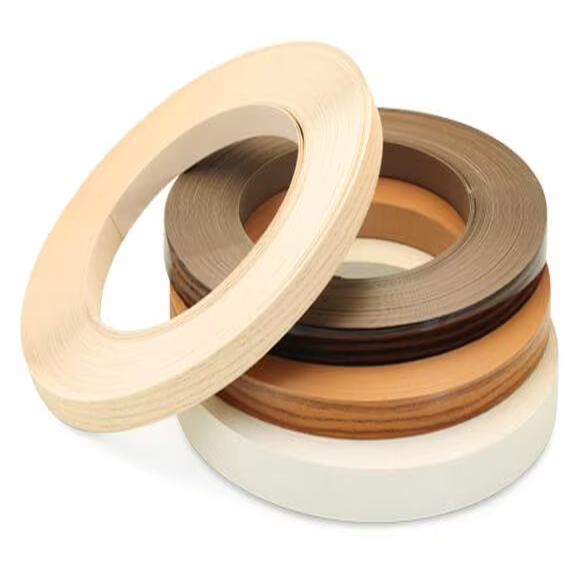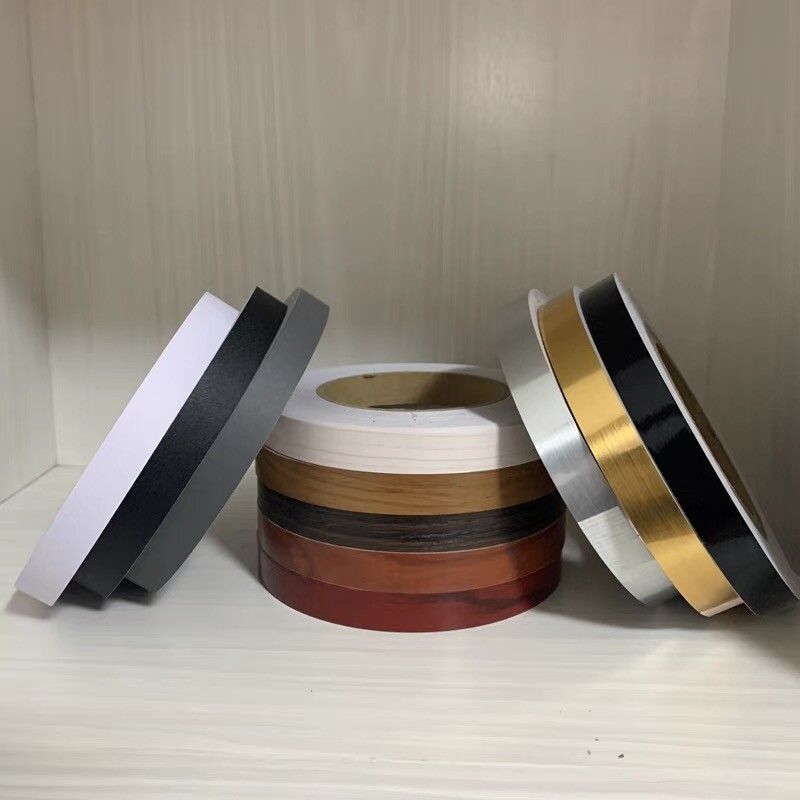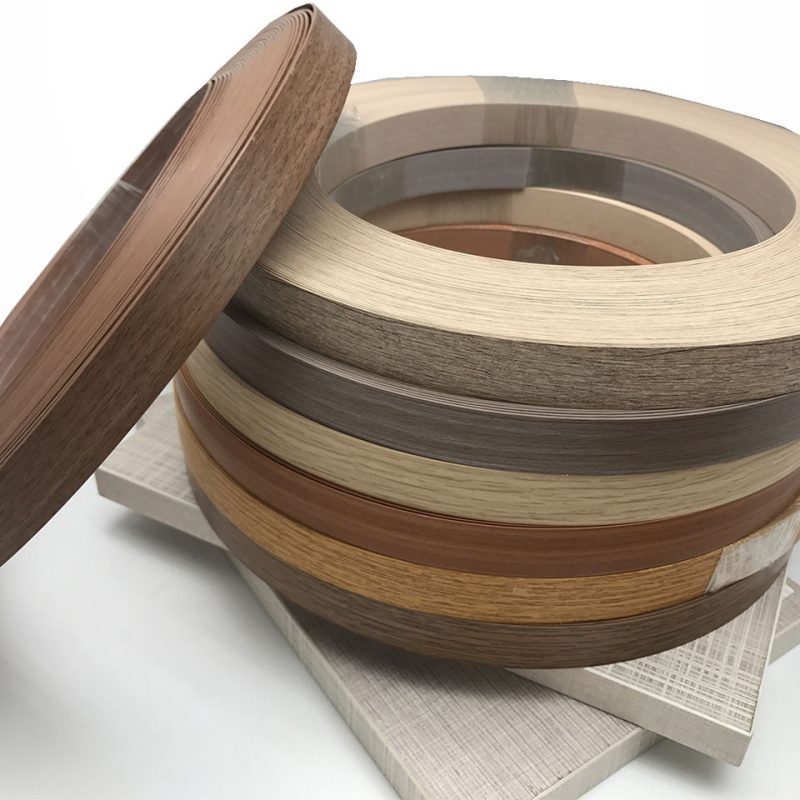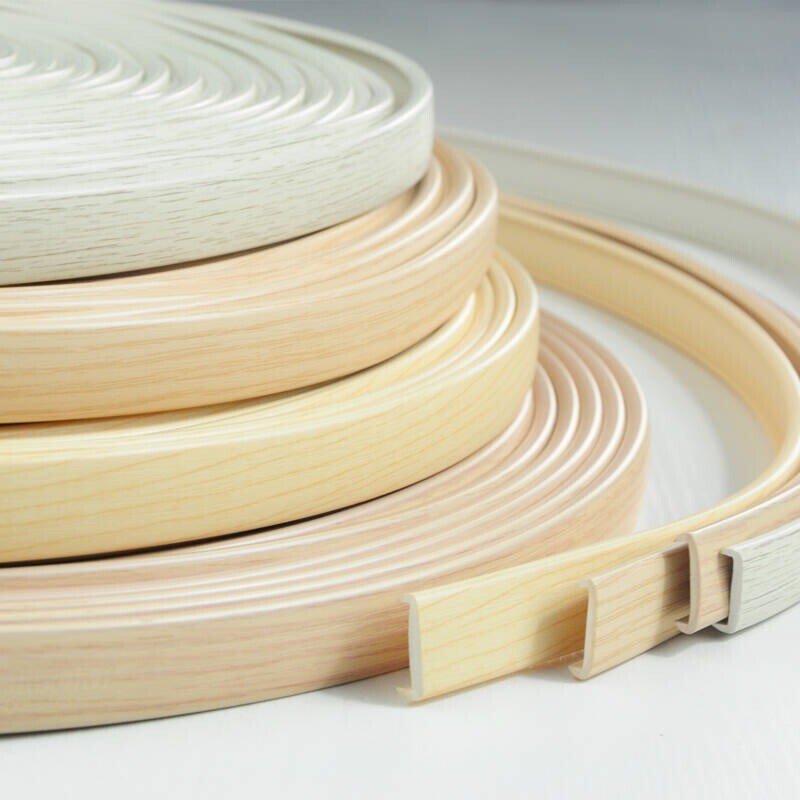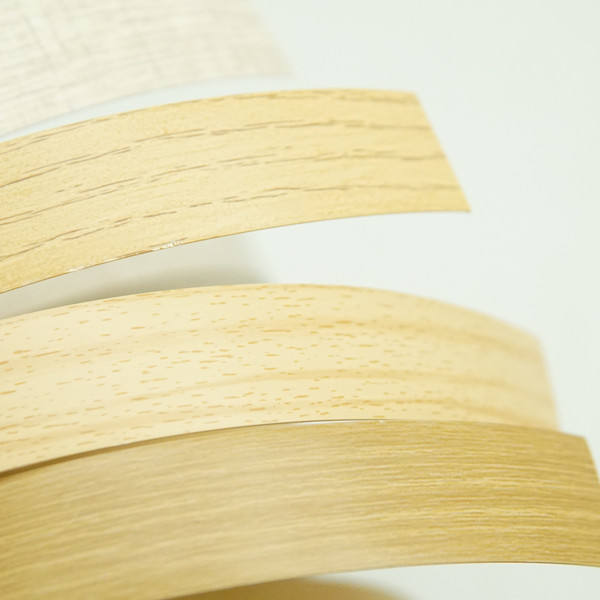We specialize in providing comprehensive furniture solutions, offering both ODM and OEM services.
News
Birch Plywood is the standard bearer when it comes to Plywood. Its combination of price, looks, and strength all combine to make an all-around standout option, and something that is perfect for countless applications. Seriously, it’s not too often you’ll find a project where Birch Plywood isn’t a great choice. But Birch Plywood is so much more than just those flashy tag lines.
What is Birch Plywood?
Birch Plywood is manufactured to European standard EN635-2 with a Forest Stewardship Council (FSC) certification, which means it meets all ten principals from the FSC, including reduction of environmental impact and appropriate monitoring and assessment activities to maintain the condition of forests.
Our Premium Birch Plywood variety is the highest quality grade available for Birch Ply. The face is graded as an A Face, which gives the product an incredibly clean look with a distinct face that can be clear finished or stained. The B face may have several oval or butterfly-shaped veneer patches, which replace any knotholes. Birch Ply sheets are recognisable by their warm, light coloured appearance and grain detail. These aesthetic qualities combined with the high structural integrity means our Birch Premium Ply is perfect for both interior and exterior applications.
Birch Plywood Manufacturing Process
Like any other Plywood variety, Birch follows the same manufacturing process. Obviously, with the one crucial difference of the original source material being its source from European Baltic Birch plantations. Once the trees are removed from the plantation, they're dragged to a loading area by handy vehicles known as skidders. Here the logs are cut to size and loaded onto trucks in a long pile called a log deck.
Once cut and loaded the wood is ready to begin its exciting journey to the plywood mill. At the mill, they are placed onto a conveyor belt to be pushed through the debarking machine, which, as the name suggests, removes the bark from the tree. The wood is then softened through exposure to immense heat, allowing the blocks to be fed through the peeler lathe one at a time to create birch veneers from the surface. Optical scanners then analyse the materials to look for defects or any issues that need to be removed. Next up, the pieces are glued together and loaded into a hot press, before being passed through saws to be trimmed and cut to the desired lengths. With all of that out of the way, we're left with a beautiful sheet of Birch Plywood!
Latest articles
 The excellent performance of edge-sealed plywood2025-05-23
The excellent performance of edge-sealed plywood2025-05-23 Personal DIY Plywood Edge Banding Guide2025-05-23
Personal DIY Plywood Edge Banding Guide2025-05-23 What are the similarities and differences between laser edge banding and ordinary edge banding?2025-05-22
What are the similarities and differences between laser edge banding and ordinary edge banding?2025-05-22 The manufacturing process and differences of edge banding strips2025-05-22
The manufacturing process and differences of edge banding strips2025-05-22 What Is PVC Edge Banding?2025-05-22
What Is PVC Edge Banding?2025-05-22
Ask For A Quick Quote
If you are looking for more information on our services, or how we could potentially help, we would love to hear from you!

